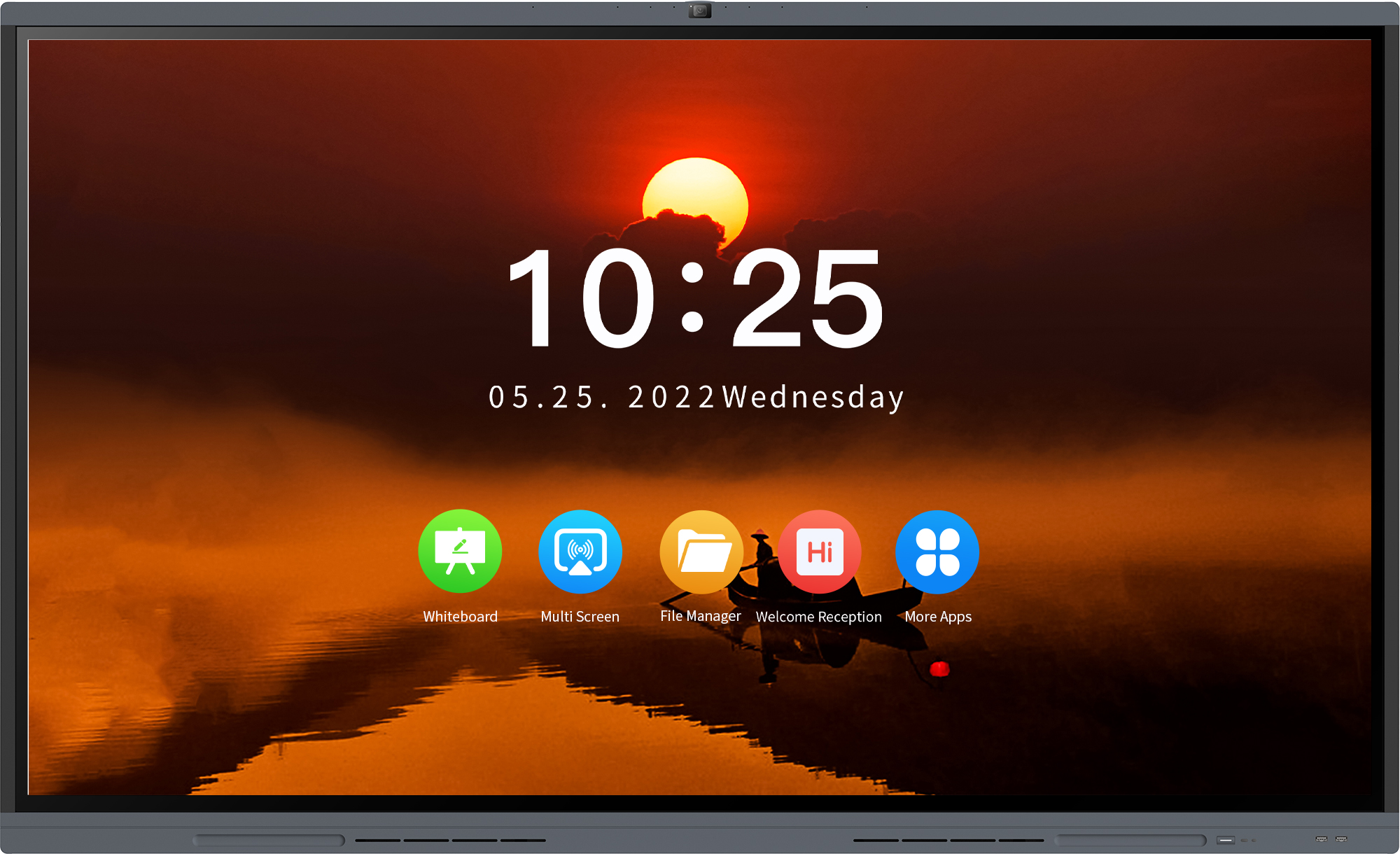
Innovative and user-friendly, touch screen devices have revolutionized the way we interact with technology. This article delves into the world of touch screen interaction design, discussing its importance, principles, and best practices.
The significance of Touch Screen Interaction Design
The ubiquity of touch screen devices like smartphones, tablets, and interactive kiosks has made touch screen interaction design a crucial aspect of user experience. An effective touch screen interface enhances usability, reduces cognitive load, and increases user satisfaction. It plays a vital role in providing a seamless, intuitive, and enjoyable user experience.
Principles of Touch Screen Interaction Design
1. Simplicity and Clarity: Touch screen interfaces should prioritize simplicity and clarity to ensure a smooth user experience. The design should be minimalist and free of unnecessary elements, making it easy for users to understand and navigate through the interface.
2. Consistency: A consistent design across touch screen applications fosters familiarity and improves usability. Elements such as icons, gestures, and navigation patterns should follow established conventions and be consistent throughout the interface.
3. Visual Feedback: Immediate visual feedback is crucial in touch screen interaction design. Providing visual cues, animations, or touch effects when a user interacts with the screen enhances the perception of responsiveness and increases user engagement.
Best Practices for Touch Screen Interaction Design
1. Optimal Touch Targets: Designing large and easy-to-target buttons and interactive elements prevents misclicks and enhances the user's touch accuracy, especially on smaller devices. The recommended touch target size is about 7-10mm in the user's visual field.
2. Gestural Support: Incorporating intuitive and natural gestures, such as pinching, swiping, and tapping, can enhance the touch screen experience. However, these gestures should be well-documented and accompanied by visual cues to help users understand and discover them easily.
3. Accessibility Considerations: Touch screen interaction design should consider accessibility guidelines, such as providing options for larger fonts, color contrast adjustments, and alternative input methods for users with motor or visual impairments.
4. User Testing and Iteration: Conducting user testing sessions and gathering feedback throughout the design process allows for iterative improvements. Observing user interactions and addressing pain points helps in creating a more user-centric touch screen interface.
In summary, touch screen interaction design plays a significant role in shaping user experiences on various devices. By following the principles and best practices outlined in this article, designers can create intuitive, engaging, and user-friendly touch screen interfaces that optimize user satisfaction and productivity.

